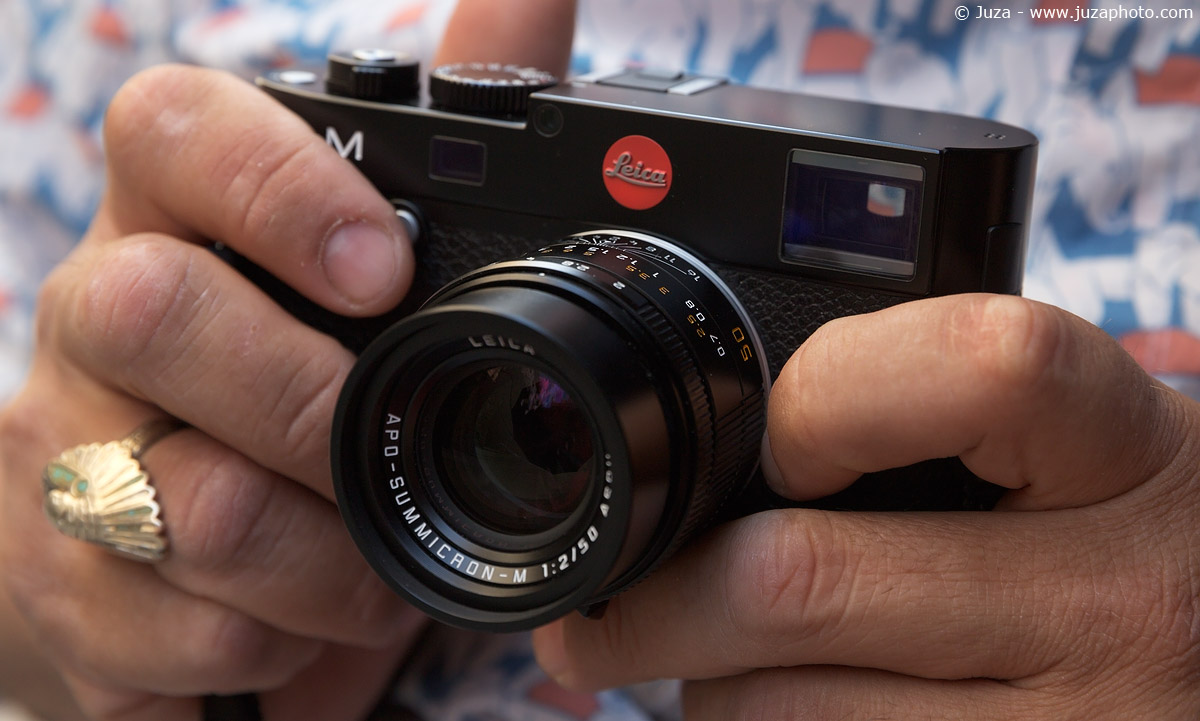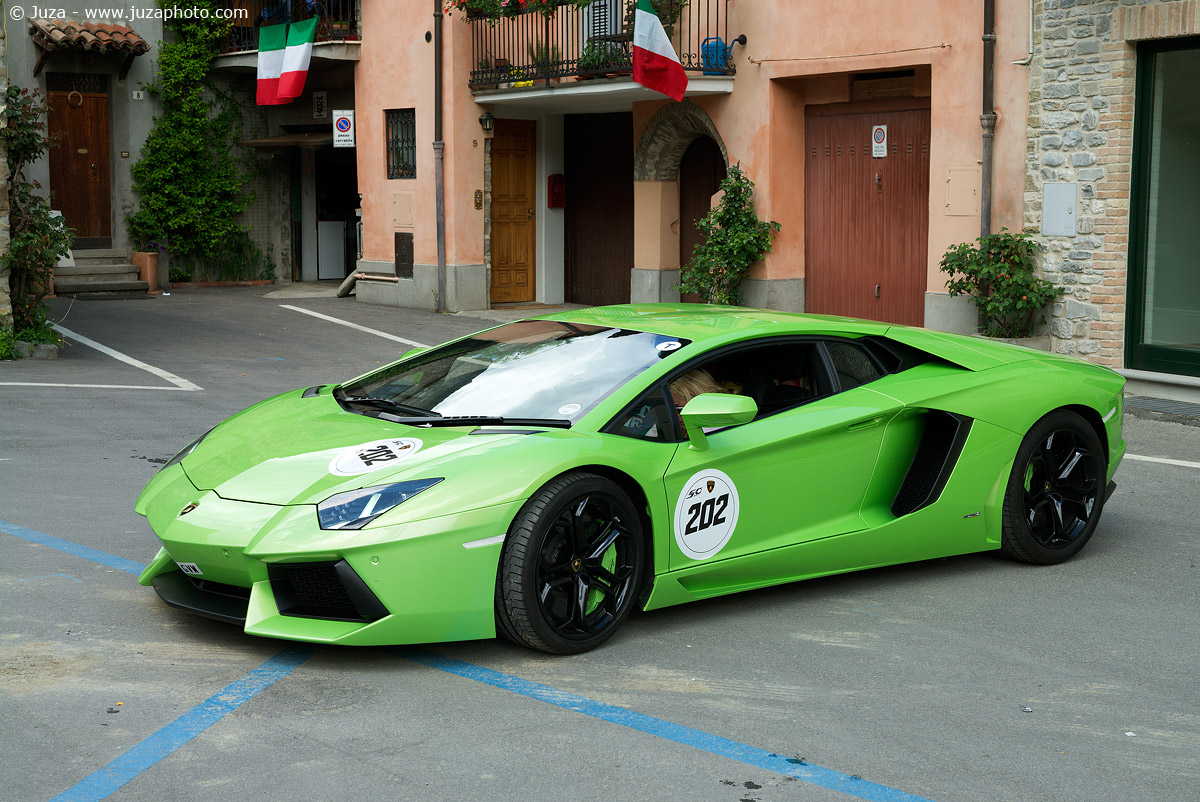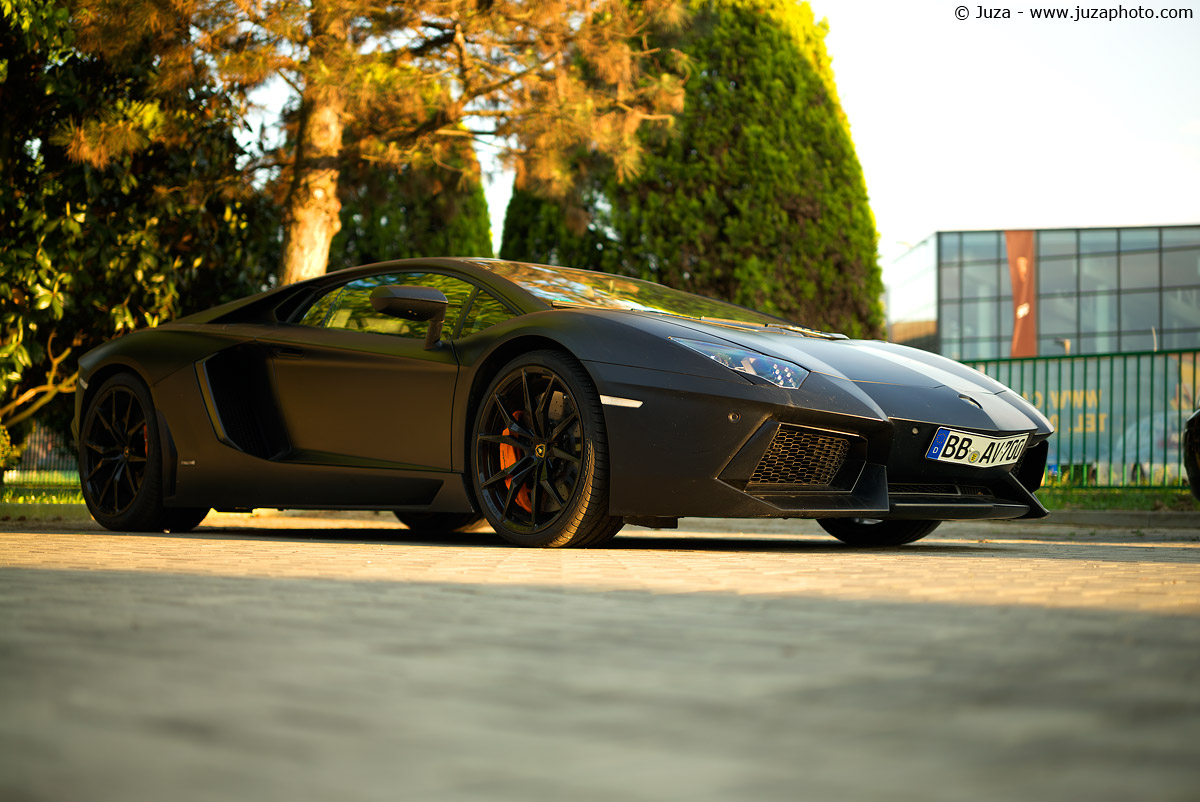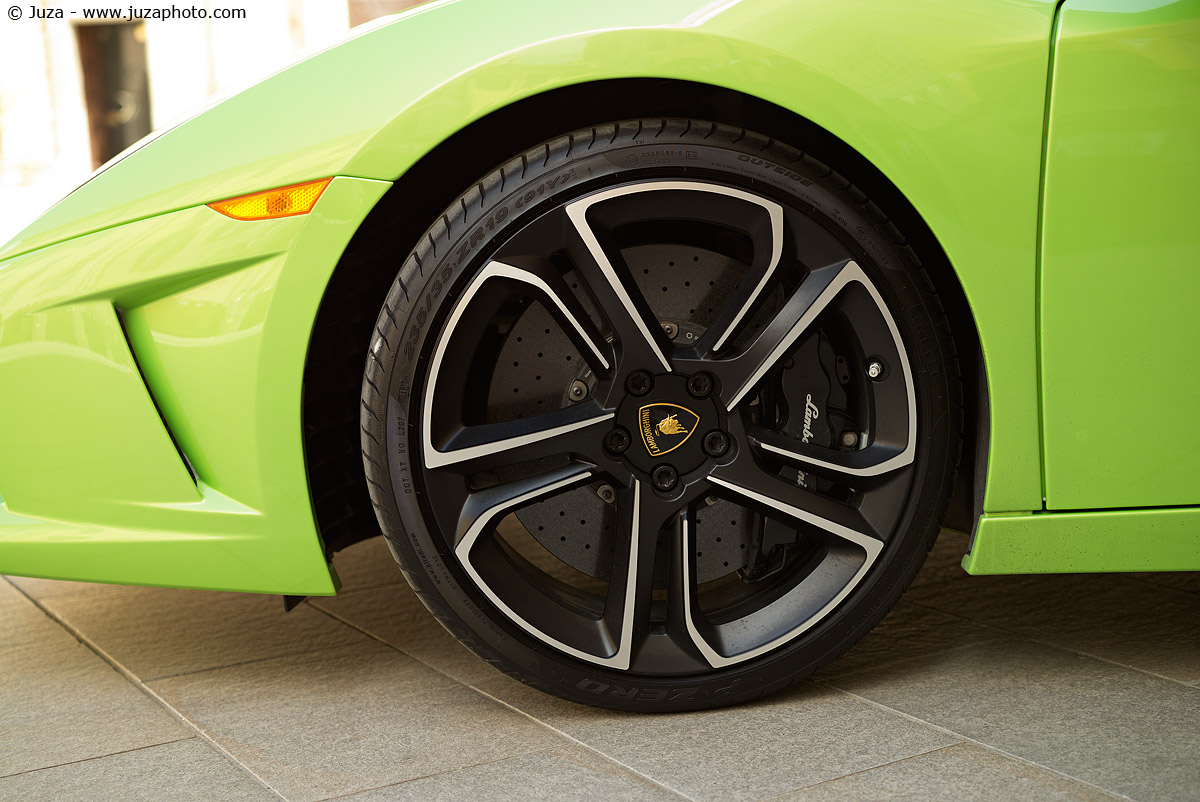Leica M: an experience with rangefinder
Leica M: an experience with rangefinder, text and photos by
Juza. Published on 27 Maggio 2013; 1 replies, 12364 views.
The Leica M is the latest version of the M rangefinder series, and it brings several updates: it is the first Leica M with a CMOS sensor, it has new features as live view with focus peaking, it support electronic viewfinder. I was curious to give it a look, even though it is completely different from the cameras that I use for my work of nature photographer: I shoot with a Canon 7D because I need fast autofocus, stabilized lenses, high frame rate and relatively low price.
The Leica M is almost the opposite: expensive, manual focus, no stabilization and overall a 'slower', very different shooting experience. Being so different from the cameras that I use, this time I have skipped the usual studio tests and I have decided to try the Leica M on the field; this article is not a review, but rather the story of a rangefinder from the point of view of someone who has never used such cameras :-)

Construction, features, menus
While this is not not the first Leica that I test (I had already tried the medium-format S2), this is the first rangefinder I use. The first impression when I have taken it in my hands is sturdiness and great quality. Leica has always been know for its first rate built quality, and the new Leica M is obviously built with the highest standard. Even though it actually weights just 680g, less than a semi-pro reflex, it feels surprisingly heavy: maybe it is because it is pretty compact so you may expect it to be featherweight, instead its metal body is heavier than similar, more 'plasticky' cameras.
The menu system is very simple and easy to use; even without reading the manual you won't have difficulties at using it. In the rear of the camera there are the usual button to browse the menus, play the photos and videos, plus a dial to magnify the images and a ISO button to change the sensitivity. The LCD screen is sharp and bright, it is easily readable even outdoors. If I had to be really nitpicker, I'd say that the navigate/info button feels a bit 'cheap', unlike the rest of the camera; I think that a black, metal button would have been better...but this is really a minor thing.
On the top of the camera there is a large shutter speed dial; you can use it if you want to shoot in full manual mode, while if you prefer Aperture priority you have to leave it on 'A'. Next, there is the on-off switch, that incorporates the shutter button, and another small button labeled 'M': it is the start/stop button for videos; M means 'Movie', not manual mode.
The Leica M is one of the few cameras that supports the .dng RAW format, that was proposed by Adobe as 'universal' raw format and it is supported even by the old versions of Photoshop CS.
Focusing and framing
The thing that takes most time to get used is focusing and framing. The viewfinder aways and only shows about the view that you get with a 24mm lens; so how can you frame with longer lenses? There are two smaller frames in the viewfinder, one for 50mm lenses and one for 75mm. Depending by the lens, the Leica M can also display guides for 28mm frame, 90mm, 35mm and 135mm. For very wide or very long lenses you need to use either an external viewfinder or live view.
If you have never used a rangefinder, initially framing is quite difficult, but with a bit of practice it becomes intuitive and you can get precise framing; another thing that you need to get used to is that the lens almost always appear in the lower right area of the viewfinder, and sometimes you will also see your fingers during focusing. Of course nor the lens nor the hands will appear in the photo, but it takes a bit of time to get used.
As all Leica M cameras, it has only manual focus. You can focus either with live view or viewfinder. The viewfinder does not work like the viewfinder of a reflex camera - the photo is always in focus and it is always visible...even if you forget the lens cap on, since the image does not reach the viewfinder through the lens. To focus, the camera has a second, smaller 'viewfinder' on the right side that projects a small bright image in the center area of the main viewfinder, using a system of prisms and mirrors. This small projected image is doubled when the lens is not correctly focused, and it gets sharp only once you have properly focused. Like framing, this way of focusing works, but it requires some time and practice to get used.
A more familiar alternative for focusing is live view. If you turn the focus ring during live view, the center portion of the image is immediately magnified (this is the so-called 'focus peaking'); once you have focused, the sharp areas of the photo are highlighted with red margins. By default the magnification is 5x, but I recommend to set it on 10x for a more precise view. For those, like me, who are used to the Live View mode of Canon or Nikon, this is by far the easiest way of framing and focusing, while those used to rangefinder cameras will prefer the traditional way of focusing through the viewfinder.
Image quality
Even though it has the same pixel count of the Nikon D600, it does not use the same sensor. The D600 sensor, manufactured by Sony and available on some other cameras, is excellent, so I have asked to Leica why they have not used it. The explanation is that Leica wanted to develop a sensor exclusively for the Leica M and Leica lenses; it is manufactured by the Belgian company CMOSIS and it has special microlenses that helps to get the very best sharpness in the corners.
The native sensitivities of this sensor goes from 200 to 3200, even though you can 'push' it even at 100 or 6400. Image quality between ISO 100 and 1600 is good, even at 1600 the noise is acceptable in every situation. ISO 3200 is a bit noisy (in comparison with the current professional FF cameras), but it is still perfectly usable; ISO 6400 instead is pretty noisy, even though in some cases it can still be considered usable. The dynamic range is in line with the current generation of cameras, I'd say about 8 stops before post processing (with PP you can extend DR by about two stops in the lights and in the shadows).
This sensor has been built to offer the maximum sharpness. As already said, it has been developed on purpose for this camera; other than that, it does not have anti-aliasing filter. With the best, super sharp Leica lenses, it gives the same sharpness of medium format cameras; even at 100% the photos are very, very sharp. The detail of the photos taken with this camera is a joy for the eyes!
On the field: Leica and Lamborghini
I have had a great opportunity to test the Leica M on the field: in the first half of May, Lamborghini, my favorite manufacturer of high end super sport cars, has celebrated is 50 anniversary. In five days, hundreds of awesome cars, from the first models to the latest Aventador and Gallardo, have done a tour from Milan to Rome. I have taken photos of the Lamborghini both in the village of Bobbio, during the second day of the tour, and at Sant'Agata Bolognese, where Lamborghini are built. This time I have taken photos exclusively with the Leica M and the Leica 50mm f/2. You can download the following samples even at full resolution, 24 megapixels!






Leica M, Leica APO-Summicron-M 50mm f/2 ASPH, 1/4000 f/2.0, ISO 400, hand held. Click here to download it at full resolution! I think that these photos speak by themselves...you really have to look at the full size samples: even at 100%, they are perfectly sharp. The noise is never a problem, unless you are in very dark environments and you need to use ISO 6400; dynamic range is good and the out of focus areas have a very smooth, pleasing look (this is the 'bokeh').
Conclusions Even though I have never been a big fan of the Leica system, mainly due to the high prices and the lack of AF and other features, I must say that I have enjoyed this experience with the Leica M. As for the price, there is not much to say; it is pretty expensive, even though you get the best in terms of built quality and image quality. Regarding the lack of AF, IS and so on, instead, it is a more subjective thing: for sure some photographers will enjoy this style of photography... it is more 'reflective', paced and difficult, but with some experience you can get good results and you have a completely different shooting experience.
One last thought regards the lens used for this test. The photos have been taken with the Leica APO-Summicron-M 50mm f/2 ASPH, likely the sharpest 50mm lens ever made. It is a very compact lens and it delivers extremely high detail even wide open; it has a beautiful, creamy bokeh... a great match for the Leica M.
Replies and comments
What do you think about this article?
Do you want to tell your opinion, ask questions to the author, or simply congratulate on a particularly interesting article?
You can join the discussion by joining JuzaPhoto, it is easy and free!
There is more: by registering you can create your personal page, publish photos, receive comments, join discussions and you can use all the features of JuzaPhoto.
With more than 257000 members, there is space for everyone, from the beginner to the professional.
|
|
sent on 31 Ottobre 2017 (13:22)
Great.... ....
|








 JuzaPhoto contains affiliate links from Amazon and Ebay and JuzaPhoto earn a commission in case of purchase through affiliate links.
JuzaPhoto contains affiliate links from Amazon and Ebay and JuzaPhoto earn a commission in case of purchase through affiliate links.